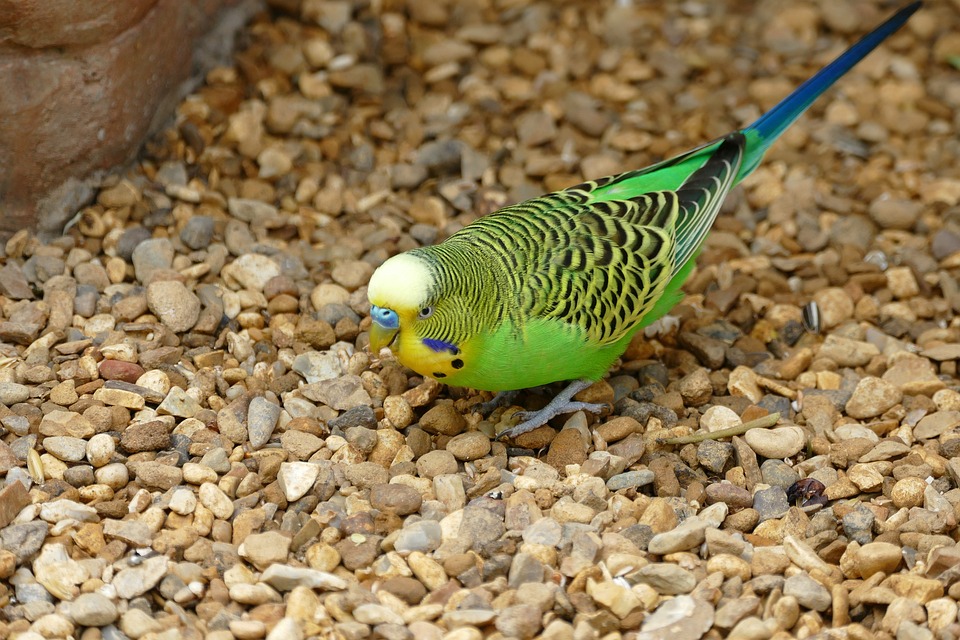Parrots are known for their remarkable ability to mimic sounds, including human speech. However, what many people may not realize is that parrots can also mimic electronic sounds. This unique capability adds an extra layer of fascination to these intelligent and charismatic creatures. In this article, we will delve into the intriguing world of parrot mimicry, specifically focusing on how they are able to mimic electronic sounds. We will also address some frequently asked questions about this behavior.
Parrot mimicry is a complex behavior that has captivated researchers and bird enthusiasts for centuries. The ability to mimic sounds is not limited to parrots alone, but they are considered the masters of vocal imitation in the avian world. This remarkable skill is rooted in their anatomy and cognitive abilities.
Parrots possess a unique vocal apparatus that allows them to produce a wide range of sounds. Their vocal cords, syrinx, and specialized muscles give them the flexibility to mimic various sounds accurately. The syrinx is a vocal organ located at the base of a parrot’s trachea. It is responsible for the production of sounds and allows for independent control of the vocalizations.
In addition to their vocal apparatus, parrots demonstrate high levels of cognitive abilities, including advanced problem-solving skills and exceptional memory. These cognitive capabilities enable them to learn and imitate sounds effectively. They possess a well-developed forebrain, similar to that of humans, which is associated with complex cognitive functions such as learning, problem-solving, and mimicry.
Parrots’ mimicry abilities extend beyond imitating human speech and natural sounds. They have also shown an uncanny ability to mimic various electronic sounds. This behavior has fascinated researchers and raised questions about the extent of their auditory perception and learning capabilities.
Parrots are known to mimic the sounds emanating from televisions and radios. They can accurately reproduce snippets of music, dialogue, commercials, and even jingles. This mimicry behavior suggests that parrots have a keen sense of auditory perception and can discern and imitate specific electronic sounds.
With the prevalence of cellphones in modern society, parrots have learned to mimic cellphone ringtones. They can reproduce a wide range of ringtone melodies, including popular tunes and even personalized ringtones. This ability demonstrates their capacity to learn and imitate complex, digitally synthesized sounds.
Here are some frequently asked questions about parrot mimicry of electronic sounds:
1. Can all parrot species mimic electronic sounds?
While parrots, in general, have the ability to mimic sounds, the extent of their mimicry can vary among species. Some species, such as African Grey Parrots and Yellow-naped Amazon Parrots, are renowned for their exceptional mimicry skills, including electronic sounds.
2. How do parrots learn to mimic electronic sounds?
Parrots learn to mimic electronic sounds through a process called vocal imitation. They listen to the sounds repeatedly and use their cognitive abilities to reproduce them accurately. Positive reinforcement, such as treats or attention from their human companions, also plays a crucial role in reinforcing this behavior.
3. Are there any risks associated with parrots mimicking electronic sounds?
Parrots mimicking electronic sounds, particularly loud or sudden sounds like alarms or sirens, can be potentially stressful to them. It is essential to provide a safe and calm environment for your parrot and avoid exposing them to distressing or harmful sounds.
4. Can parrots mimic specific electronic sounds on command?
Parrots can learn to mimic specific electronic sounds on command through training and repetition. With patience and positive reinforcement, you can teach your parrot to mimic specific sounds, including electronic ones.
In conclusion, parrots’ mimicry abilities extend beyond imitating human speech and natural sounds. Their capacity to mimic electronic sounds showcases their exceptional cognitive abilities and auditory perception. Understanding this fascinating behavior adds to our appreciation of these charismatic avian companions.
Remember to provide a nurturing and safe environment for your parrot, ensuring their well-being while enjoying their remarkable mimicry skills.









